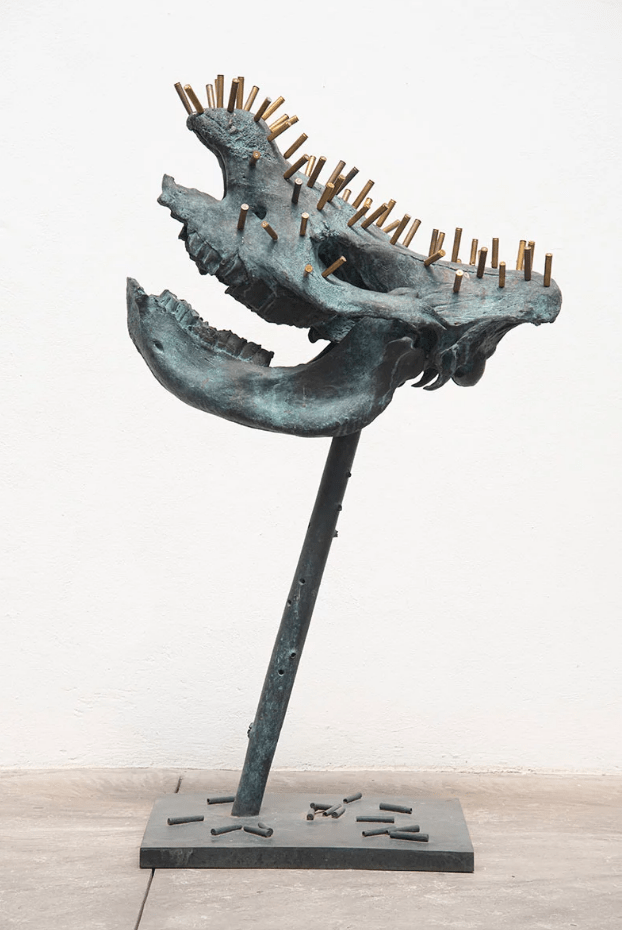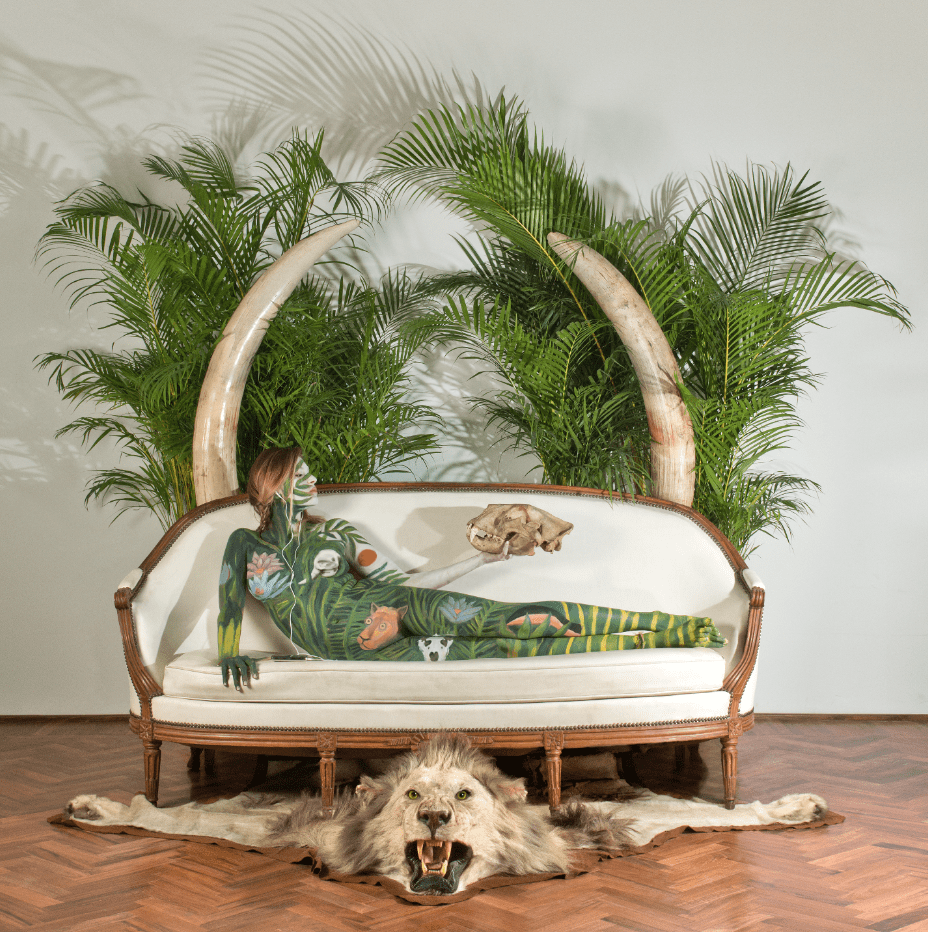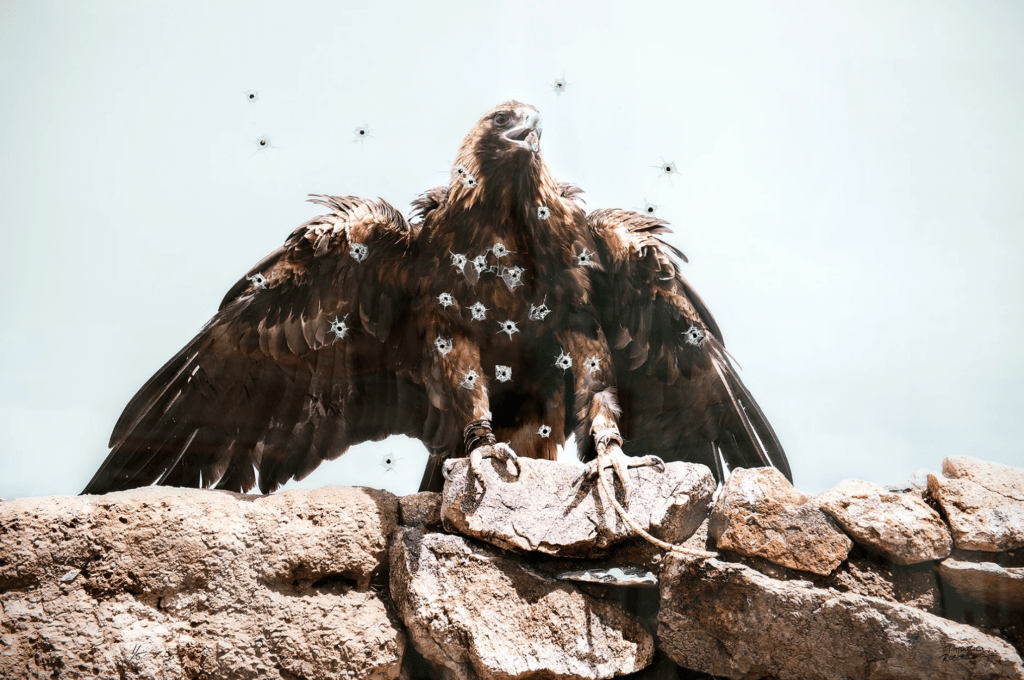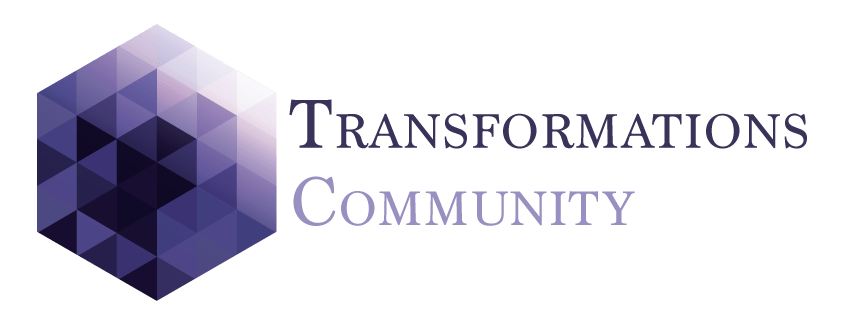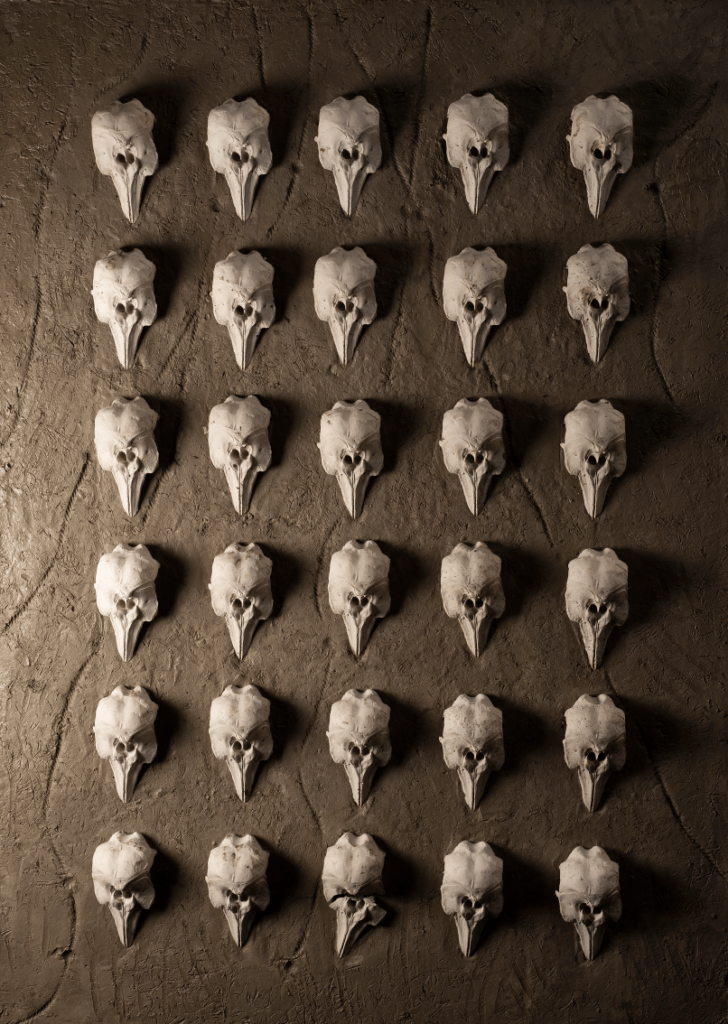
Interview
The Driving Force Behind My Work?
In the early nineties, I founded two conservation groups that engage in public awareness through publications, an exhibition, we engage in the support of research and conservation of emblematic species like jaguars, quetzals, pronghorns, whales and many more, and we manage to secure over 80 thousand hectares of critical ecosystems in northern Mexico, convincing the private sector to commit in buying the land and secured it into perpetuity. When I realize in 2009, after working for 40 years to protect wild nature, that we were losing so many environmental battles, I thought something needs to change in my approach to nature, I was in a deep depression, even more when a few years back, the media announce that in that same period “forty years”, the planet lost 50 percent of the wild animal’s population, we have failed to protect natures biodiversity.
About ten years ago I quit working in conservation and I refuge myself in the art world.
In my early years I worked as an artist, this realm has certain powers, art is a very interesting communication tool and most important it touches your emotional inner staff.
I wonder how to cope with the loss of emblematic fauna and habitats; how do you mourn the extinction of species? To deal with my anguish, I decided to embrace my work in the form of a ritual. Rituals are created to confront complex issues that appear in our lives, they help us understand and they help us heal. Frustration was the driving force for me to create “The Extinction Rituals.” This work, these rituals help me heal.
Please Talk A Bit About The Process Of Your Work.
I find fascinating the way our minds work when we are creating art. Having been all over the world, an seeing some of its natural wonders and the threats they confront, witnessing how humans’ worship the natural world and at the same time destroy wilderness and biodiversity, and having work with scientist, corporate leaders, government officials, media, land owners and campesinos, trying to protect nature. If you mixed all those experiences and look for inspiration, in other artist, in the work conservation colleagues, in the tragic environmental stories of species, your mind doesn’t stop visualizing ideas. I use different media sculptures, installations, performances, photography, and painting. The production process sometimes takes years, they mature better when I left them rest for a while.
Where Has Your Work Engaged With Systems Change-Making?
I could not say that “The Extinction Rituals” have engaged in any interesting change of behavior, it´s not created for that purpose. It is a selfish initiative, it´s to help me deal with my inquisitive mind. I don´t use social media. In all this time I have shown my work in a few venues, galleries and museums. I enjoy the reaction of peers, mostly people that understands art, and that knows first-hand the problems that nature is facing, I value their comments, their reaction, their feelings. I always try to provoke a sense of restlessness in the viewer, and at the same time to seduce them with the tragic beauty of wild nature in distress.
Art Work
Águila-Acribillada
I find it very disturbing that we can use depictions of wild animals as symbols of our nations, while simultaneously allowing these animals to be hunted and killed in the wild. The golden eagle is used in the coat of arms of many countries around the world while their numbers decline in the wild. Why? We still kill them because they prey on our domestic animals. humans are indeed predators, but not very intelligent.
Searching for a way to express this issue and challenge the status quo, I found inspiration in practice of the police in Florida, US!
Rousseau
Vaquita Tzompantly
In the America´s pre-hispanic times, the aztecs fomented fear and dread within their enemies by creating huge walls of human skulls, which they called tzompantlies.
Desperate to increase awareness of the critical situation of the vaquita porpoise, in 2018 the national museum of San Carlos in Mexico City hosted an awareness-raising, thought-provoking manifestation.
With the title “Is nature our enemy?”, a tzompantly was created with 30 clay skulls of a vaquita, to question the dramatic loss of this defenseless and delicate mammal.
Peletería La Zorra
